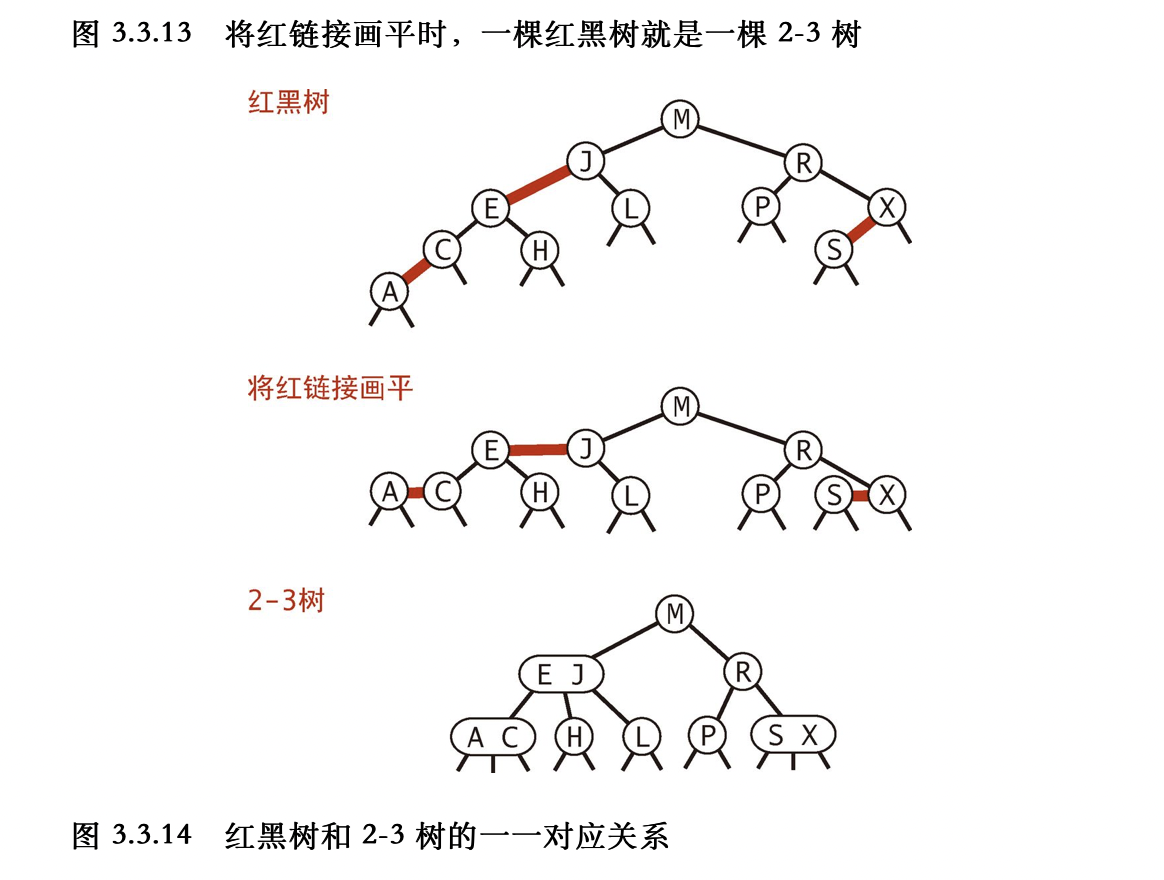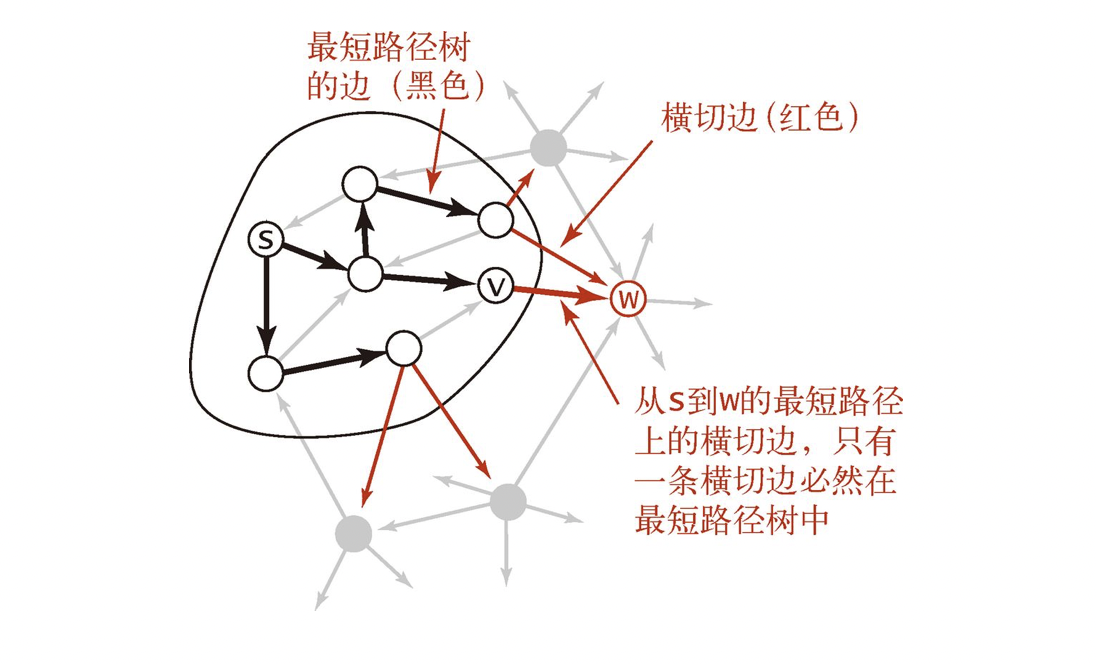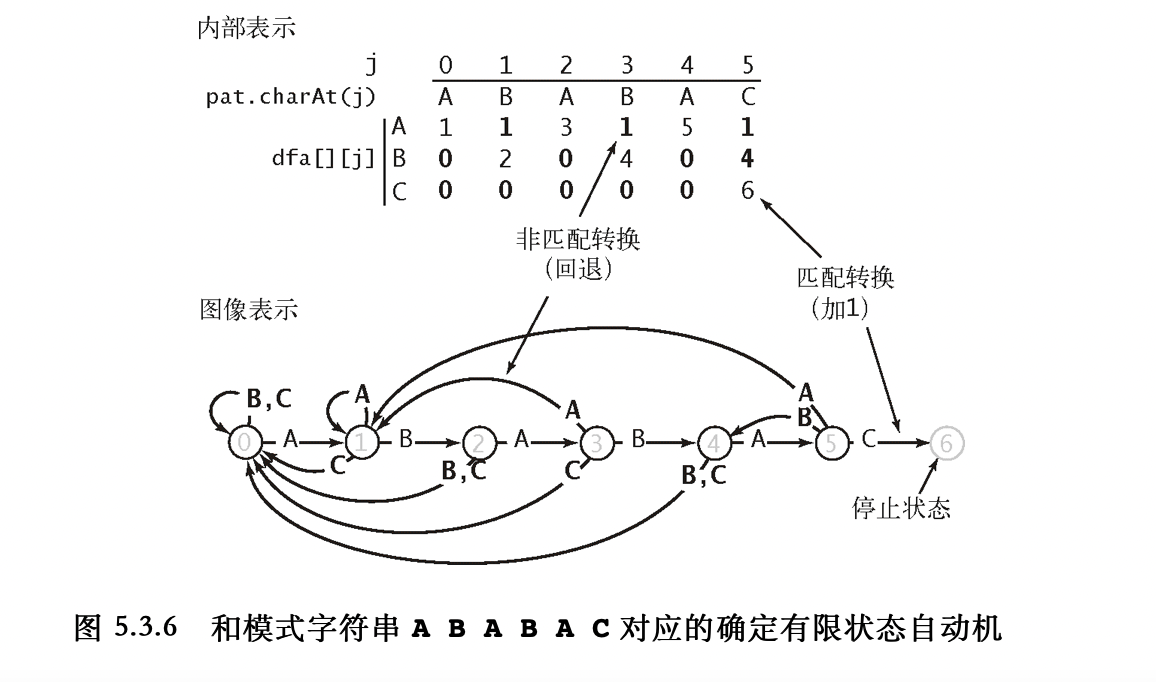1
2
3
4
5
6
7
8
9
10
11
12
13
14
15
16
17
18
19
20
21
22
23
24
25
26
27
28
29
30
31
32
33
34
35
36
37
38
39
40
41
42
43
44
45
46
47
48
49
50
51
52
53
54
55
56
57
58
59
60
61
62
63
64
65
66
67
68
69
70
71
72
73
74
75
76
77
78
79
80
81
82
83
84
85
86
87
88
89
90
91
92
93
94
95
96
97
98
99
100
101
102
103
104
105
106
107
108
109
110
111
112
113
114
115
116
117
118
119
120
121
122
123
124
125
126
127
128
129
130
131
132
133
134
135
136
137
138
139
140
141
142
143
144
145
146
147
148
149
150
151
152
153
154
155
156
157
158
159
160
161
162
163
164
| const int maxn = 100000 + 10;
// == define Edge and Graph ==
class Edge {
public:
int to;
Edge() {}
Edge(int to) : to(to) {}
};
vector<Edge> edges;
vector<int> G[maxn];
// == Edge and Graph finsihed ==
// == tarjan info ==
int n, m;
vector<int> dcc[maxn];
int dfn[maxn], low[maxn], cnt = 0, Clock = 0;
bool cut[maxn];
stack<int> stk;
int root = 0;
void init() {
cnt = 0;
Clock = 0;
root = 0;
edges.clear();
edges.push_back(Edge());
edges.push_back(Edge());
// NIL edges
Set(dfn, 0);
Set(low, 0);
Set(cut, 0);
while(!stk.empty()) stk.pop();
}
// == tarjan info finished ==
// == tarjan main ==
void addEdge(int u, int v) {
edges.push_back(Edge(v));
G[u].push_back(edges.size() - 1);
}
void tarjan(int u) {
dfn[u] = low[u] = ++Clock;
stk.push(u);
if(u == root && G[u].size() == 0) {
// single point
dcc[++cnt].push_back(u);
return;
}
int cld = 0;
_for(i, 0, G[u].size()) {
int eid = G[u][i], v = edges[eid].to;
if(!dfn[v]) {
tarjan(v);
low[u] = min(low[u], low[v]);
// judge cut-point
if(low[v] >= dfn[u]) {
cld++;
if(u != root || cld > 1) cut[u] = true;
// save the point in the same DCC
cnt++;
for(;;) {
int z = stk.top(); stk.pop();
dcc[cnt].push_back(z);
if(z == v) break;
}
dcc[cnt].push_back(u);
}
}
else low[u] = min(low[u], dfn[v]);
}
}
// == tarjan finsihed ==
// == vDCC Graph ==
vector<int> GC[maxn];
vector<Edge> vDCC;
int belong[maxn], newID[maxn];
int num = 0;
void initDCC() {
vDCC.clear();
vDCC.push_back(Edge());
vDCC.push_back(Edge());
// NIL edges
Set(belong, 0);
Set(newID, 0);
num = 0;
}
void add_c(int u, int v) {
vDCC.push_back(Edge(v));
GC[u].push_back(vDCC.size() - 1);
}
// == vDCC finsihed ==
void getDCC() {
// input DCC nodes and data
_rep(i, 1, cnt) {
printf("v-DCC #%d:", i);
_for(j, 0, dcc[i].size()) {
printf(" %d", dcc[i][j]);
}
puts("");
}
// point reduction
num = cnt;
_rep(i, 1, n) if(cut[i]) newID[i] = ++num;
// build new Graph for vDCC
_rep(i, 1, cnt) _for(j, 0, dcc[i].size()) {
int z = dcc[i][j];
if(cut[z]) {
add_c(i, newID[z]), add_c(newID[z], i);
}
else belong[z] = i;
}
// print info
printf("缩点之后的森林,点数 %d, 边数 %d\n", num, (int)(vDCC.size() - 1) >> 1);
printf("下图编号 1~%d 的为原图的v-DCC,编号 >=%d 的为原图的割点\n", cnt, cnt);
for(int i = 2; i < vDCC.size(); i += 2) {
printf("vDCC#%d <-----> vDCC#%d\n", vDCC[i^1].to, vDCC[i].to);
}
}
// == vDCC Graph finished ==
int main() {
freopen("input.txt", "r", stdin);
cin >> n >> m;
init();
_rep(i, 1, m) {
int u, v;
scanf("%d%d", &u, &v);
if(u == v) continue;
addEdge(u, v), addEdge(v, u);
}
// == tarjan ==
_rep(i, 1, n) if(!dfn[i]) {
root = i, tarjan(i);
}
_rep(i, 1, n) if(cut[i]) printf("%d ", i);
puts("are cut vertexes");
// == tarjan finished ==
initDCC();
getDCC();
}
|




















